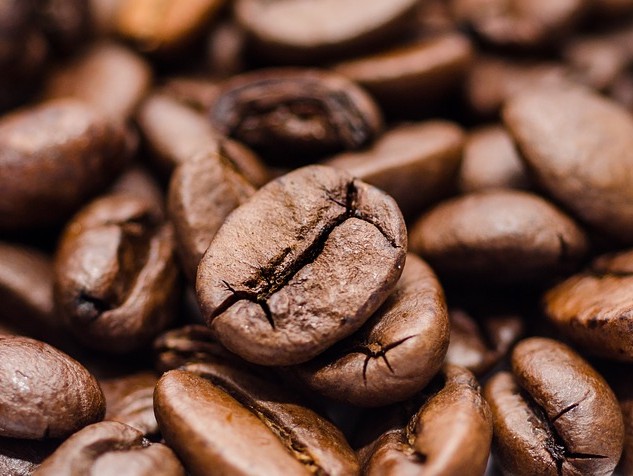
The price of sugar has already risen by 8% this year, while the price of cocoa and Arabica coffee is now at the same level as 1 January. The price of Robusta coffee fell by 8%. All these markets are faced with an oversupply, but in relative terms this is low. However, the oversupply ensures that prices remain low. This mainly creates problems for farmers.
Concerns about farmers' standard of living are increasing in many countries. These are mainly countries with a relatively large share of agricultural raw materials. These include Ivory Coast and Ghana (cocoa), but also Colombia (coffee) and India (sugar). The price of these three raw materials has been relatively low for some time now. As a result, many small-scale farmers have difficulty keeping their heads above water.
Brazil is the world's largest producer of coffee. Brazil's economic policies, political tenor and effects on Brazil's exchange rate are guiding the coffee price. Vietnam is the second largest coffee producer after Brazil.
The link between the Brazilian real and the coffee price is high. A weaker Brazilian real results in a lower coffee price and vice versa. If the real is weaker, more real per dollar will eventually be received for the same amount of coffee. It encourages producers and traders to offer more coffee. They do this in order to maximize their yields. The market is becoming more competitive and the price of coffee is falling. With a stronger real, the producers and traders receive more dollars for the same amount. Then there is no immediate need to offer more coffee. The price of coffee rises.
India is the world's largest sugar-producing country. The monsoon has brought 36% less rain than average since June. The India Sugar Mills Association (ISMA) expects the cultivation of sugar cane in India for the season 2019/2020 to be about 10% lower than the previous season. The crushing of sugar cane will therefore decrease by just over 4% in the same period. Despite the sharp drop in output, India's export potential remains high. On balance, India has a surplus of more than 2 million tonnes of sugar, excluding the stocks of several million tonnes still available. This will find its way to the export market. ISMA expects sugar exports to roughly double in the 2019/2020 season. The Indian government continues to support the sugar sector.
Ivory Coast and Ghana are joining forces to guarantee the standard of living of their cocoa farmers. If the price of cocoa is too low, too many farmers have great difficulty making ends meet financially. Economic sustainability is at stake. Together, the countries hold approximately 60% of the total production of cocoa beans. Moreover, the cocoa beans from Ivory Coast and Ghana are of a higher quality. This gives both countries a good basis of power towards the cocoa processing industry. Eventually, a 'livelihood premium' of USD 400 per tonne was agreed between the parties on all cocoa contracts sold by the countries for the 2020/2021 season.
Image: © Pixabay
Source: © ABN AMRO